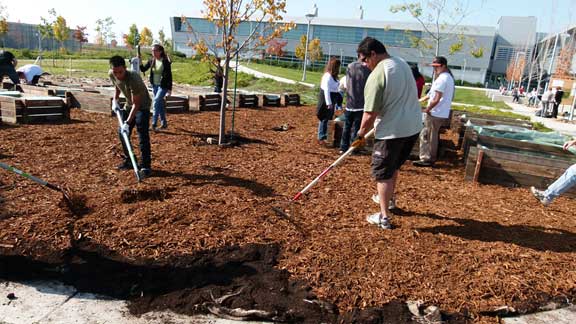
by Steven Andrews | Apr 21, 2014 | General, Soil Science
This year I’m dedicating Earth Day to mulch. Mulch often takes second place to its organic rival compost in most garden and landscape discussions, but in this edition of The Scoop, mulch moves to #1, and for good reason. When asked what’s the most cost-effective...
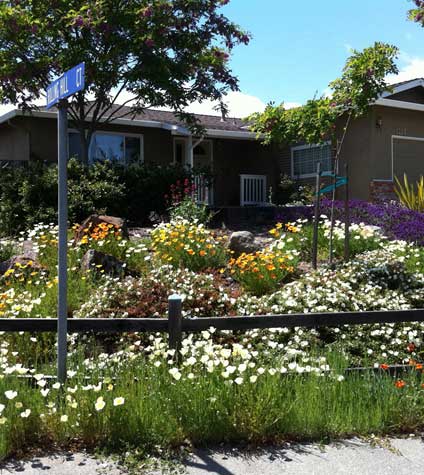
by Steven Andrews | Feb 17, 2014 | General, Soil Science
Hooray, we’ve just experienced the first significant rainfall of the winter in the San Francisco Bay Area. But was it enough to break us from our recent cycle of drought. Unfortunately NO. In fact, we may be in for an extended period of much drier years to come in the...
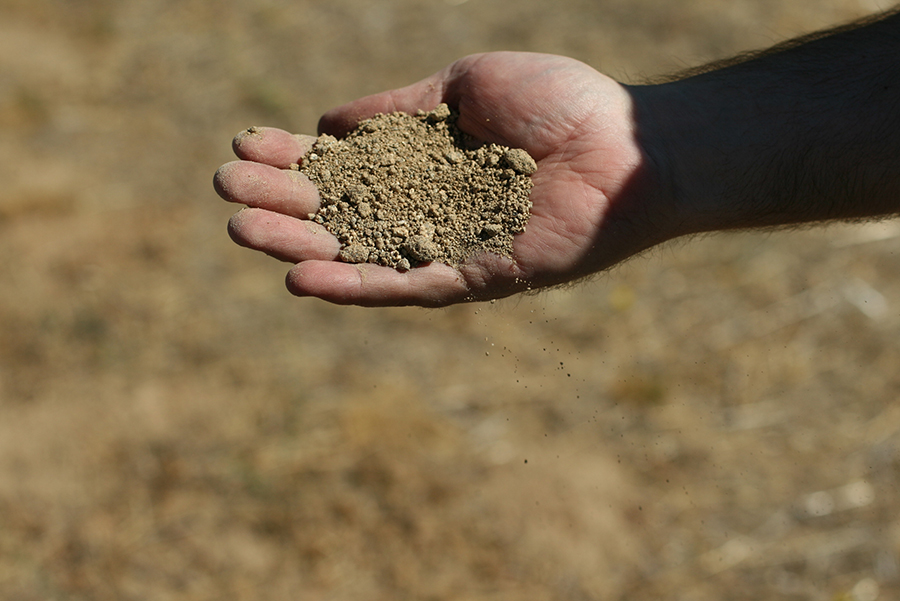
by Steven Andrews | Jan 13, 2014 | General, Soil Science
With the new year now underway and CompostCon, the celebration of compost, occurring on January 25, I thought I would spice up this installment of Everyday Soil Science with a tasty controversy. There’s a great debate among self-proclaimed “foodies” about the...
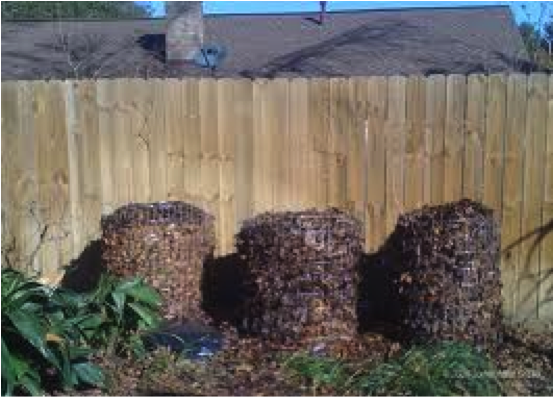
by Steven Andrews | Nov 21, 2013 | General, Soil Science
Will it ever rain? That’s recently been the number one question on the mind of most Bay Area gardeners. Here we are in November and barely a drop has fallen from the clouds. Are we experiencing a drought? Climate change? What’s a gardener to do? The lack of...
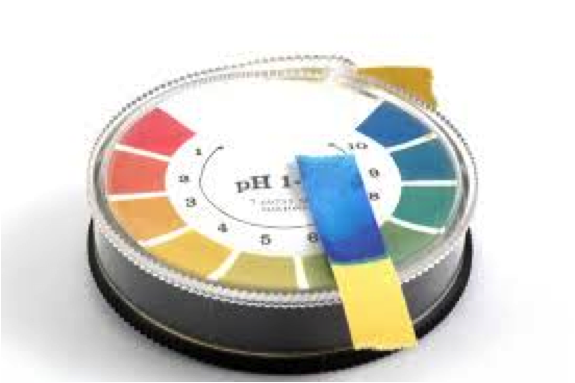
by Steven Andrews | Oct 15, 2013 | General, Soil Science
After reading the title of this month’s Everyday Soil Science installment you might be scratching your head. Sweet and salty soil? Are you nuts, Soil Sommelier? Of course not! Sweet and salty soil actually refers to two common chemical indicators of soil health and...
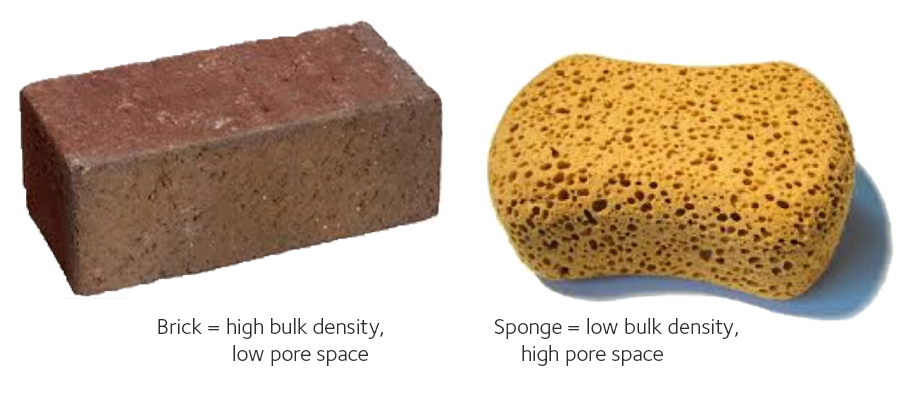
by Steven Andrews | Sep 19, 2013 | General, Soil Science
In this fourth installment in the Everyday Soil Science series, we move our discussion to two important indicators of soil health that are often overlooked by gardeners and landscape professionals — bulk density and porosity. The weighty subject of bulk density...








